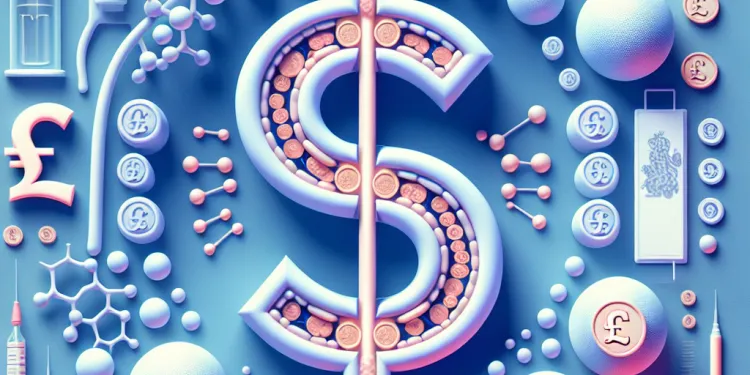
Find Help
More Items From Ergsy search
-
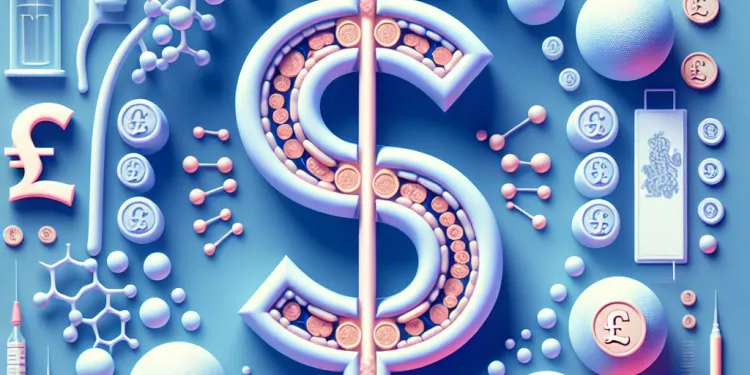
What is Mitochondrial disease?
Relevance: 100%
-
What causes mitochondrial disease?
Relevance: 39%
-
How common is mitochondrial disease?
Relevance: 39%
-
What are the symptoms of mitochondrial disease?
Relevance: 39%
-
How is mitochondrial disease diagnosed?
Relevance: 39%
-
Can mitochondrial disease be cured?
Relevance: 39%
-
Are all mitochondrial diseases inherited?
Relevance: 39%
-
Can mitochondrial disease be prevented?
Relevance: 39%
-
Is there research being done on mitochondrial disease?
Relevance: 39%
-
What treatments are available for mitochondrial disease?
Relevance: 36%
-
What is the prognosis for individuals with mitochondrial disease?
Relevance: 36%
-
Is mitochondrial disease more common in children or adults?
Relevance: 34%
-
How do genetic mutations cause mitochondrial disease?
Relevance: 34%
-
Can lifestyle changes help manage mitochondrial disease?
Relevance: 31%
-
Can mitochondrial disease affect multiple organ systems?
Relevance: 31%
-
Where can individuals find support for mitochondrial disease?
Relevance: 31%
-
How is mitochondrial disease different from other genetic disorders?
Relevance: 29%
-
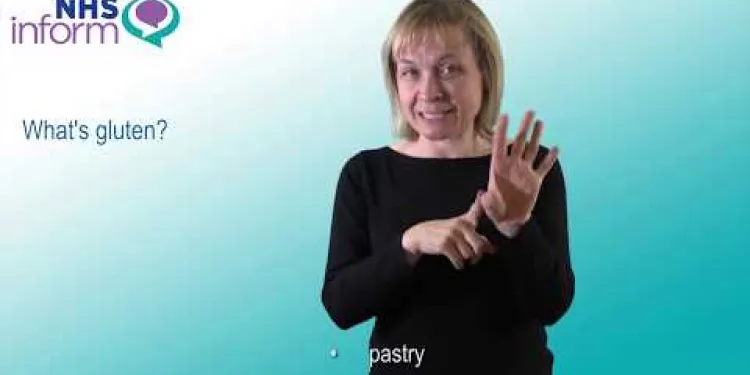
Coeliac disease
Relevance: 29%
-
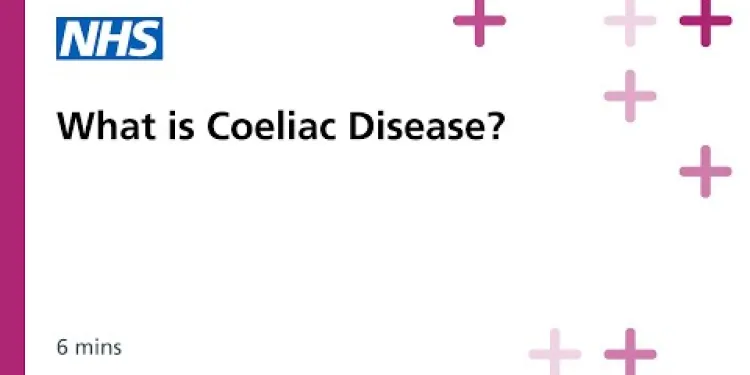
Coeliac Disease: Session 1: What is Coeliac Disease?
Relevance: 29%
-

What is Lyme Disease?
Relevance: 28%
-
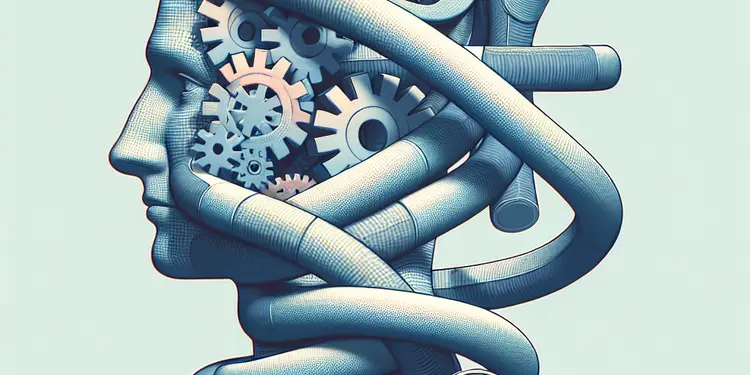
Is Huntington's disease fatal?
Relevance: 28%
-
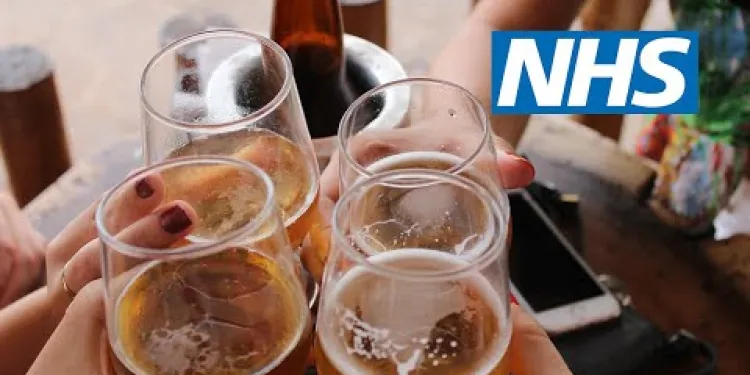
Liver disease | NHS
Relevance: 28%
-
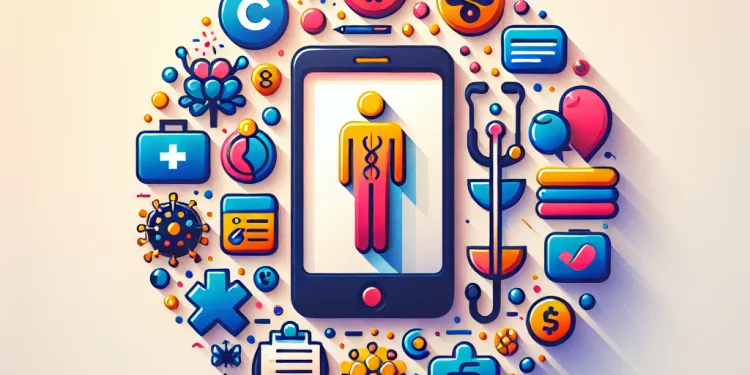
Is Crohn's disease contagious?
Relevance: 28%
-

Causes of coeliac disease
Relevance: 28%
-

What is Huntington's disease?
Relevance: 28%
-
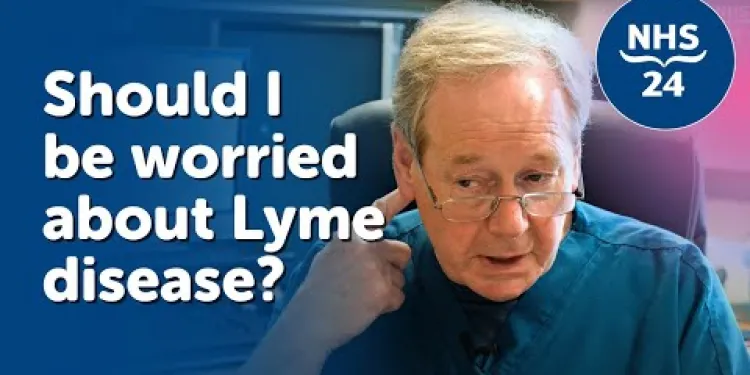
Lyme disease: What is it?
Relevance: 28%
-
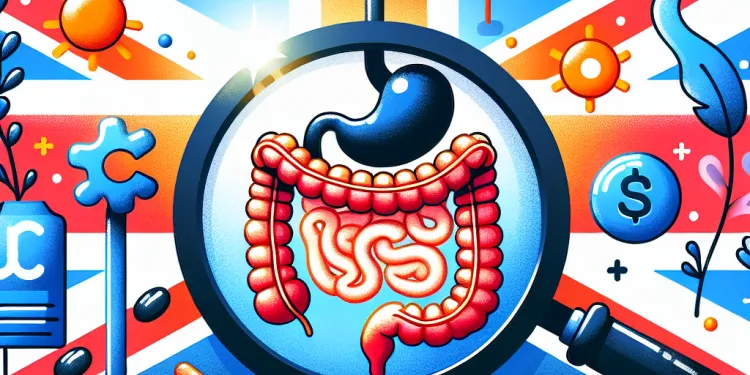
Is there a cure for Crohn's disease?
Relevance: 28%
-
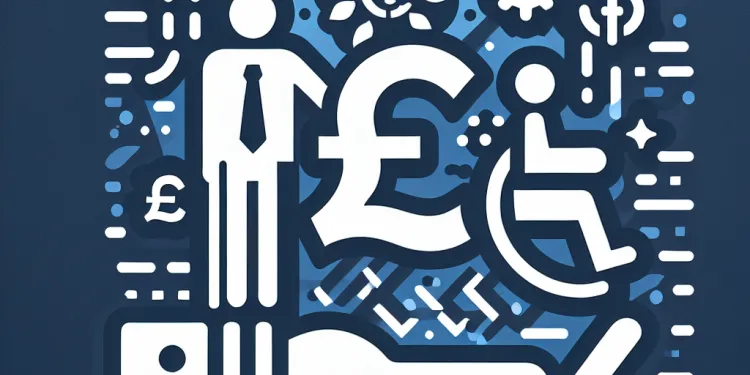
What is Parkinson's disease?
Relevance: 28%
-

Is there a vaccine for Lyme disease?
Relevance: 27%
-
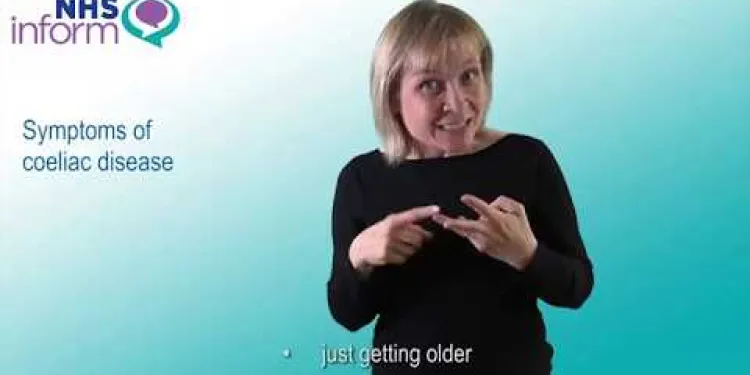
Symptoms of coeliac disease
Relevance: 27%
-

Do UK mosquitoes carry diseases?
Relevance: 27%
-
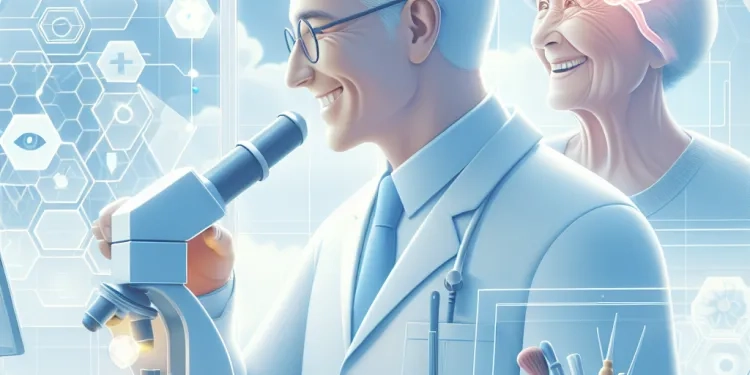
What is Alzheimer's disease?
Relevance: 27%
-
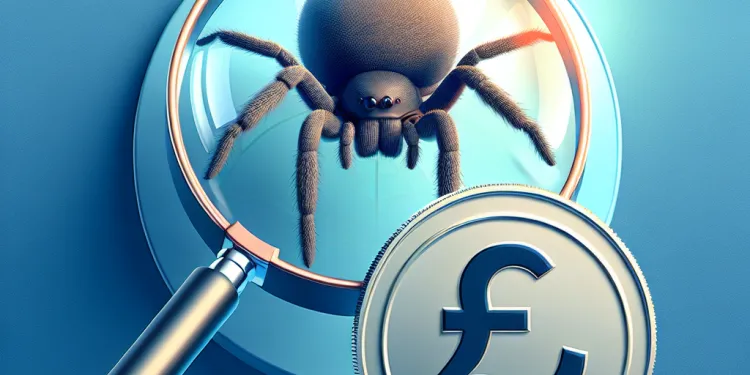
Do spiders in the UK carry diseases?
Relevance: 27%
-
What is mitochondrial DNA?
Relevance: 27%
-
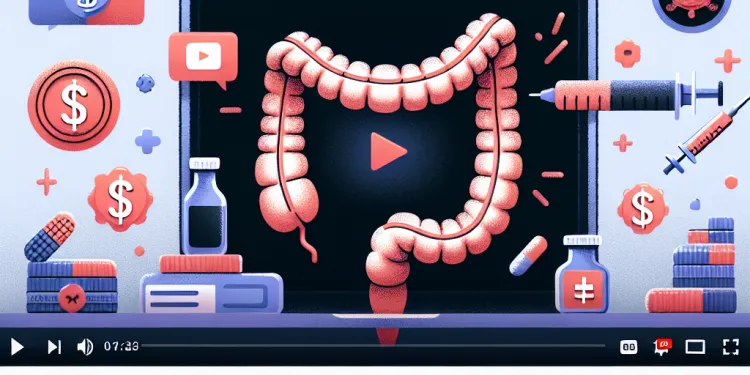
What causes Crohn's disease?
Relevance: 26%
-
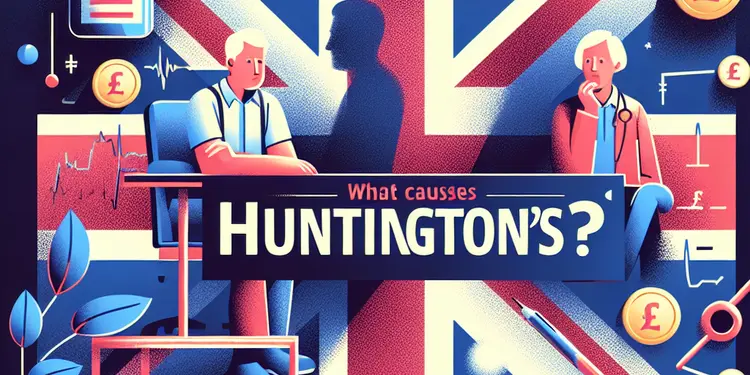
What causes Huntington's disease?
Relevance: 26%
-
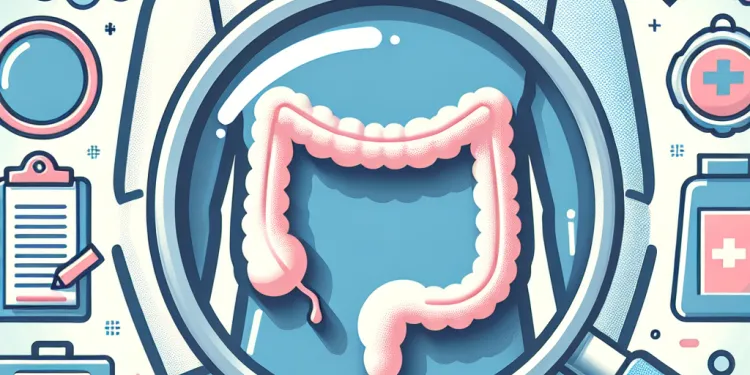
How is Crohn's disease diagnosed?
Relevance: 26%
-

Can Lyme disease be treated?
Relevance: 26%
-

How is Lyme disease transmitted?
Relevance: 26%
-
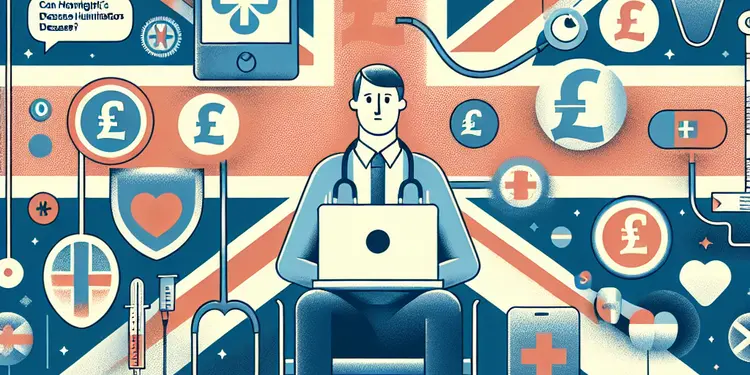
Can Huntington's disease be prevented?
Relevance: 26%
Understanding Mitochondrial Disease
Mitochondrial disease refers to a group of disorders caused by dysfunctional mitochondria, which are the tiny powerhouses present in almost every cell in the human body. These structures are responsible for producing energy necessary for cells to function properly. When mitochondria do not work correctly, cells have less energy, leading to various health problems.
The Role of Mitochondria
Mitochondria generate energy in the form of adenosine triphosphate (ATP), which powers cellular processes throughout the body. They are also involved in other crucial functions such as signaling, cellular differentiation, and cell death. Healthy mitochondria are essential for maintaining the function of tissues and organs, especially those of high energy demand like the brain, muscles, heart, and liver.
Causes of Mitochondrial Disease
Mitochondrial diseases are often genetic, resulting from mutations in mitochondrial DNA (mtDNA) or nuclear DNA that affect mitochondrial function. These mutations can be inherited from one's mother or arise spontaneously. Because mitochondria have their own DNA, these disorders can follow unique inheritance patterns compared to other genetic conditions.
Symptoms and Diagnosis
The symptoms of mitochondrial disease can vary widely, depending on which cells are affected and to what extent. Common symptoms include muscle weakness, neurological problems, gastrointestinal disorders, and developmental delays. Due to the diverse range of symptoms, diagnosing mitochondrial disease can be complex. Diagnosis often involves a combination of genetic testing, muscle biopsies, and metabolic tests to assess mitochondrial function.
Treatment Options
Currently, there is no cure for mitochondrial disease, and treatment focuses on managing symptoms and improving quality of life. This may involve nutritional supplements, vitamins such as coenzyme Q10 and riboflavin, and supportive therapies like physiotherapy. In certain cases, specific therapies targeting particular symptoms, such as anti-seizure medications, may be necessary.
Living with Mitochondrial Disease
Living with mitochondrial disease can be challenging for patients and families. The unpredictable nature of the disease and the variation in symptoms require a multidisciplinary approach to care. Patients benefit from regular follow-up with healthcare professionals who specialise in metabolic and genetic disorders. Support groups and charities such as The Lily Foundation provide valuable resources and community support for those affected.
Research and Hope for the Future
Research into mitochondrial disease is ongoing, with scientists striving to better understand the underlying mechanisms and develop more effective treatments. Advances in gene therapy and mitochondrial replacement techniques hold promise for the future. Awareness and funding are crucial to continue this progress towards potential cures and improved outcomes for individuals affected by mitochondrial disorders.
Understanding Mitochondrial Disease
Mitochondrial disease is a health problem. It happens when tiny parts of our cells, called mitochondria, do not work properly. Mitochondria are important because they make energy for our body. If they do not work right, our body does not have enough energy, which can make us sick.
The Role of Mitochondria
Mitochondria make something called ATP. ATP gives energy to our body. Mitochondria also help with other important jobs like telling cells what to do and when to die. Mitochondria are very important for parts of our body that use a lot of energy, like the brain, muscles, heart, and liver.
Causes of Mitochondrial Disease
Mitochondrial disease usually comes from genetic changes, called mutations, in our DNA. These changes can be passed down from our mothers or happen by chance. Mitochondria have their own DNA, so these diseases can be different from other genetic problems.
Symptoms and Diagnosis
Symptoms of mitochondrial disease can be different for each person. Common signs include feeling weak in the muscles, brain problems, stomach problems, and learning delays. Because the symptoms are so different, it can be hard to find out if someone has it. Doctors may use genetic tests, check muscle samples, and do other tests to see how well mitochondria are working.
Treatment Options
There is no cure for mitochondrial disease yet. Treatment helps people feel better and live more comfortably. This can include taking vitamins like coenzyme Q10 and riboflavin and doing exercises like physiotherapy. Some people might need special treatments, like medicine for seizures.
Living with Mitochondrial Disease
Living with mitochondrial disease can be hard. It can change a lot, and symptoms might come and go. People need a lot of different doctors to help them. Support groups and charities like The Lily Foundation can help by offering advice and friendship to those with the disease.
Research and Hope for the Future
Scientists are working hard to learn more about mitochondrial disease. They are trying to find new ways to treat it. New ideas like gene therapy and changing mitochondria may help soon. More awareness and money for research are needed to help find a cure and better treatments.
Frequently Asked Questions
What is mitochondrial disease?
Mitochondrial disease refers to a group of disorders caused by dysfunctional mitochondria, which are the energy-producing structures in cells.
What causes mitochondrial disease?
Mitochondrial disease is usually caused by genetic mutations that affect the mitochondria's ability to produce energy efficiently.
How common is mitochondrial disease?
Mitochondrial diseases are rare, but the exact prevalence is difficult to determine due to varying symptoms and severity.
What are the symptoms of mitochondrial disease?
Symptoms can vary widely but often include muscle weakness, neurological problems, heart issues, and fatigue.
How is mitochondrial disease diagnosed?
Diagnosis often involves genetic testing, muscle biopsies, and metabolic testing to identify functional abnormalities in mitochondria.
Can mitochondrial disease be cured?
There is currently no cure for mitochondrial disease, but treatments can manage symptoms and improve quality of life.
What treatments are available for mitochondrial disease?
Treatments may include vitamins, supplements, and therapies aimed at managing symptoms and supporting energy production.
Are all mitochondrial diseases inherited?
Not all mitochondrial diseases are inherited, but many result from genetic mutations passed from one or both parents.
Can lifestyle changes help manage mitochondrial disease?
Yes, regular exercise, a healthy diet, and stress management can help support overall health, though they won't cure the disease.
What is the prognosis for individuals with mitochondrial disease?
The prognosis varies widely depending on the type and severity of the disease, and regular monitoring by specialists is essential.
Is mitochondrial disease more common in children or adults?
Mitochondrial disease can affect individuals of any age, but many forms present in childhood.
What is mitochondrial DNA?
Mitochondrial DNA is the genetic material found in mitochondria, distinct from the DNA found in the cell nucleus.
Can mitochondrial disease affect multiple organ systems?
Yes, because mitochondria are present in almost every cell, the disease can affect many organ systems.
How do genetic mutations cause mitochondrial disease?
Mutations affect the function of proteins required for energy production, leading to impaired metabolic processes.
Can mitochondrial disease be prevented?
Prevention of inherited mitochondrial disease is not currently possible, but genetic counseling might help at-risk families.
Is there research being done on mitochondrial disease?
Yes, ongoing research is focused on understanding the disease better and finding effective treatments or cures.
What role do mitochondria play in the cell?
Mitochondria produce energy in the form of ATP, regulate cell metabolism, and have roles in cell signaling and apoptosis.
Do all genetic mutations in mitochondria cause disease?
Not all mitochondrial mutations result in disease; some may have minimal or no impact on cellular function.
How is mitochondrial disease different from other genetic disorders?
Mitochondrial disease specifically involves dysfunction in energy production mechanisms, affecting cells differently than other genetic disorders.
Where can individuals find support for mitochondrial disease?
Support can be found through healthcare providers, specialized clinics, and organizations dedicated to mitochondrial disease.
What is mitochondrial disease?
Mitochondrial disease is when parts of your body don't make energy properly. Your cells have tiny parts called mitochondria, which are like batteries that give your body power. If they don't work right, it can cause problems in your body.
It can make you feel tired and weak. It might affect your muscles, heart, or brain.
To help understand more, you can use pictures or videos. Talking to a doctor can also help you learn more about it.
Mitochondrial disease is when the tiny parts in our cells that make energy do not work properly. These tiny parts are called mitochondria.
What makes people get mitochondrial disease?
Mitochondrial disease happens when there are changes in genes. These changes make it hard for mitochondria to make energy properly.
How many people have mitochondrial disease?
Mitochondrial disease is not very common. It happens to a small number of people.
To understand better, you can:
- Use pictures or drawings to help explain.
- Listen to someone read the information out loud.
- Ask questions if you need help.
Mitochondrial diseases are not common. It's hard to know how many people have them because the signs and how bad they are can be different for each person.
What happens when someone has mitochondrial disease?
When someone has mitochondrial disease, their body might not work the way it should. Here are some things that could happen:
- They might feel very tired.
- Their muscles might be weak or hurt.
- They could have trouble seeing or hearing.
- Sometimes, their heart or breathing might not work well.
- Their stomach might hurt, or they might have trouble digesting food.
- They could have trouble learning or remembering things.
If you want to understand more, you can:
- Ask a doctor or nurse to explain it.
- Use pictures or videos to help understand.
Signs can be different for everyone. They often include weak muscles, problems with nerves, heart troubles, and feeling very tired.
How do doctors find out if someone has mitochondrial disease?
Doctors use tests to see if someone has a problem with their mitochondria. Mitochondria are tiny parts of our cells that help make energy. If they do not work well, it can make someone sick.
Here are some ways doctors check for mitochondrial disease:
- Talking and Exam: The doctor asks questions about how you feel and checks your body.
- Special Tests: Doctors might use blood tests, urine tests, or check small pieces of muscle tissue.
- Pictures of the Body: Doctors may take pictures inside your body like a scan.
If you find reading hard, you can ask someone you trust, like a family member or teacher, to help explain. You can also use pictures or videos to understand better.
To find out what is wrong, doctors might use special tests. These tests can look at your genes, check a small piece of your muscle, or see how your body uses energy. This helps them see if there is a problem with the mitochondria, which are tiny parts of your cells that give you energy.
Can we make mitochondrial disease go away?
Mitochondrial disease is a sickness that happens when tiny parts of your cells, called mitochondria, do not work right. These parts are like batteries that give your body energy.
Right now, we cannot make mitochondrial disease go away. But doctors and scientists are working hard to find new ways to help people feel better.
If you have mitochondrial disease, remember to:
- Visit your doctor regularly.
- Eat healthy foods.
- Take the medicines your doctor gives you.
Using tools like pictures or videos can help you learn more about mitochondrial disease. You can also ask someone you trust to help explain things to you.
There is no cure for mitochondrial disease right now. But, there are treatments that can help with symptoms and make life better.
What can help if you have mitochondrial disease?
Treatment might involve taking vitamins, supplements, and doing special exercises or therapies to help with symptoms and give you more energy.
Do all mitochondrial diseases come from parents?
Some diseases that affect the mitochondria are not passed down from parents. But, many of these diseases do come from changes in genes that are passed from mom or dad.
Can changing how we live help with mitochondrial disease?
Yes, exercising often, eating good food, and keeping calm can help you feel better. They cannot make the sickness go away, but they do help you stay healthy.
How do people with mitochondrial disease usually feel over time?
Mitochondrial disease can make people feel sick. It can be different for each person. Some might feel a little sick, and some might feel very sick.
Over time, doctors and family can help manage the sickness. This means they can help the person feel better and live a happier life.
It's important to visit the doctor regularly. They can suggest ways to support their health. Eating good food and resting can also help.
The outlook for getting better can be different for each person. It depends on what kind of illness it is and how serious it is. It's really important to see doctors who know a lot about your illness to check on you regularly.
Who gets mitochondrial disease more: kids or grown-ups?
Mitochondrial disease can happen to anyone, no matter how old they are. But, lots of types start when someone is a child.
If reading is hard, try using a ruler or your finger to keep your place. Break down long words into smaller parts.
What is mitochondrial DNA?
Mitochondrial DNA is special material found inside tiny parts of cells called mitochondria. Mitochondria help our body turn food into energy.
Here are some tips to help you understand:
- Break it down: Read one part at a time.
- Ask for help: Talk about it with a friend or family member.
- Use pictures: Look at pictures of cells to see where mitochondria are.
- Watch videos: Find simple videos online about mitochondria.
Mitochondrial DNA is special DNA found in parts of the cell called mitochondria. It is not the same as the normal DNA in the cell's center.
Can problems with mitochondria make many body parts sick?
Mitochondria are tiny parts inside our cells that give us energy. When they don't work well, it can make different parts of the body sick. This is called mitochondrial disease.
Mitochondrial disease can hurt many parts of the body, like the muscles, brain, heart, and stomach. This is because all these parts need energy from mitochondria to work properly.
If you want help reading, you can use tools like text-to-speech apps. These apps can read the words out loud to you. Or you can ask someone to read the text with you and explain any hard parts.
Yes, the disease can affect many parts of the body because mitochondria are in almost every cell.
How do changes in genes cause problems with mitochondria?
Changes in genes can stop proteins from working properly. This can make it hard for the body to make energy.
Can we stop mitochondrial disease?
We can't stop people from being born with a mitochondrial disease. But talking to a doctor who knows about genes might help families who are worried.
Are scientists studying mitochondrial disease?
Yes, scientists are working on understanding mitochondrial disease. There are special tests to learn more about it. Doctors and researchers want to find better ways to help people with this illness.
Useful tools:
- Scientists: People who study and learn about things.
- Tests: Ways to check and learn more about our bodies.
Yes, scientists are doing research to understand the disease better. They want to find ways to treat or cure it.
What do mitochondria do in a cell?
Mitochondria are like tiny power stations inside a cell. They make energy that the cell needs to work. This energy helps the cell do its jobs.
If you need help understanding this, try using pictures or videos. They can show how mitochondria work in a fun way!
Mitochondria are like tiny power plants in our cells. They make energy that our bodies use. This energy is called ATP.
Mitochondria help our cells work properly and tell cells when to grow or die.
Some tools that can help you understand better: drawing pictures of mitochondria, using apps that read text out loud, and asking someone to explain tricky parts.
Do all changes in mitochondria genes make us sick?
Not all changes in mitochondria cause sickness. Some changes do not really affect how the cell works.
What makes mitochondrial disease different from other genetic problems?
Mitochondrial disease is a special type of genetic problem. It happens in a part of the cell called the mitochondria, which makes energy for the body.
Other genetic problems often happen in the cell's nucleus, where the main DNA is kept.
To understand better, you can use tools like pictures, videos, or talk to a helpful adult.
Mitochondrial disease is when the body has trouble making energy. It can affect cells in our body in a different way than other genetic problems.
For help, you can use pictures, simple diagrams, or audio tools to understand this more easily.
Where can people get help for mitochondrial disease?
Do you need help with mitochondrial disease? Here’s what you can do:
- Talk to your doctor. They can give advice and support.
- Look for groups that help people with this disease. These groups can be found online.
- Ask family or friends for support.
Using simple tools can help you find support:
- Try using voice-to-text apps if reading or writing is hard.
- Watch videos about mitochondrial disease.
You can get help from doctors, special clinics, and groups that focus on mitochondrial disease.
Useful Links
- Ergsy carfully checks the information in the videos we provide here.
- Videos shown by Youtube after a video has completed, have NOT been reviewed by ERGSY.
- To view, click the arrow in centre of video.
- Most of the videos you find here will have subtitles and/or closed captions available.
- You may need to turn these on, and choose your preferred language.
- Go to the video you'd like to watch.
- If closed captions (CC) are available, settings will be visible on the bottom right of the video player.
- To turn on Captions, click settings .
- To turn off Captions, click settings again.
More Items From Ergsy search
-

What is Mitochondrial disease?
Relevance: 100%
-
What causes mitochondrial disease?
Relevance: 39%
-
How common is mitochondrial disease?
Relevance: 39%
-
What are the symptoms of mitochondrial disease?
Relevance: 39%
-
How is mitochondrial disease diagnosed?
Relevance: 39%
-
Can mitochondrial disease be cured?
Relevance: 39%
-
Are all mitochondrial diseases inherited?
Relevance: 39%
-
Can mitochondrial disease be prevented?
Relevance: 39%
-
Is there research being done on mitochondrial disease?
Relevance: 39%
-
What treatments are available for mitochondrial disease?
Relevance: 36%
-
What is the prognosis for individuals with mitochondrial disease?
Relevance: 36%
-
Is mitochondrial disease more common in children or adults?
Relevance: 34%
-
How do genetic mutations cause mitochondrial disease?
Relevance: 34%
-
Can lifestyle changes help manage mitochondrial disease?
Relevance: 31%
-
Can mitochondrial disease affect multiple organ systems?
Relevance: 31%
-
Where can individuals find support for mitochondrial disease?
Relevance: 31%
-
How is mitochondrial disease different from other genetic disorders?
Relevance: 29%
-

Coeliac disease
Relevance: 29%
-

Coeliac Disease: Session 1: What is Coeliac Disease?
Relevance: 29%
-

What is Lyme Disease?
Relevance: 28%
-

Is Huntington's disease fatal?
Relevance: 28%
-

Liver disease | NHS
Relevance: 28%
-

Is Crohn's disease contagious?
Relevance: 28%
-

Causes of coeliac disease
Relevance: 28%
-

What is Huntington's disease?
Relevance: 28%
-

Lyme disease: What is it?
Relevance: 28%
-

Is there a cure for Crohn's disease?
Relevance: 28%
-

What is Parkinson's disease?
Relevance: 28%
-

Is there a vaccine for Lyme disease?
Relevance: 27%
-

Symptoms of coeliac disease
Relevance: 27%
-

Do UK mosquitoes carry diseases?
Relevance: 27%
-

What is Alzheimer's disease?
Relevance: 27%
-

Do spiders in the UK carry diseases?
Relevance: 27%
-
What is mitochondrial DNA?
Relevance: 27%
-

What causes Crohn's disease?
Relevance: 26%
-

What causes Huntington's disease?
Relevance: 26%
-

How is Crohn's disease diagnosed?
Relevance: 26%
-

Can Lyme disease be treated?
Relevance: 26%
-

How is Lyme disease transmitted?
Relevance: 26%
-

Can Huntington's disease be prevented?
Relevance: 26%


